2-FMA HCL for sale
2-FMA HCl (2-Fluoromethamphetamine Hydrochloride) is a synthetic stimulant compound belonging to the phenethylamine and substituted amphetamine classes. Structurally related to methamphetamine, 2-FMA features a fluorine atom at the 2-position of the phenyl ring, which alters its pharmacological profile and potency. This compound is commonly studied for its potential stimulant effects, receptor activity, and metabolic properties.
In research environments, 2-FMA is valued for its stability, ease of handling, and well-documented synthesis route, making it an ideal reference standard for analytical applications. It is often used in forensic analysis, receptor binding studies, pharmacokinetics research, and in the development of structure–activity relationship (SAR) models.
This product is supplied as the hydrochloride salt for improved solubility and consistency in lab conditions. Researchers should ensure proper handling, storage, and documentation in accordance with applicable safety guidelines and institutional protocols.
⚗️ Specifications (Example Only – May Vary by Vendor):
-
Chemical Name: 2-Fluoromethamphetamine Hydrochloride
-
CAS Number: (Varies, not officially registered)
-
Molecular Formula: C10H14FN·HCl
-
Form: Crystalline powder
-
Purity: ≥98% (lab-grade)
-
Storage: Cool, dry place; protect from light and moisture
-
Use: Research & analytical purposes only
Would you like product tags, SDS formatting, or a downloadable COA (Certificate of Analysis) template to go with this?

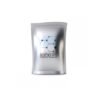
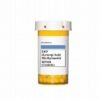


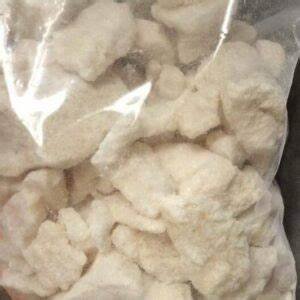
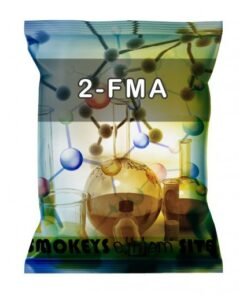
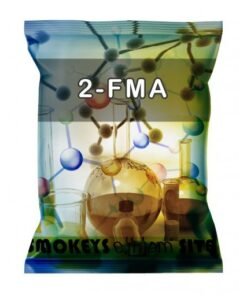



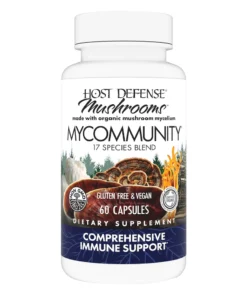


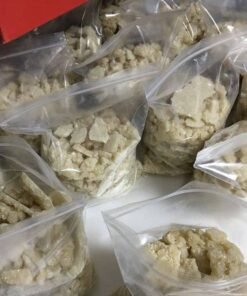
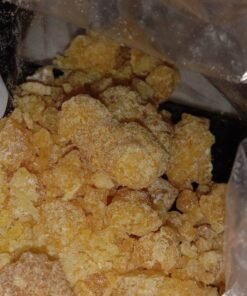
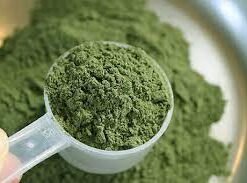
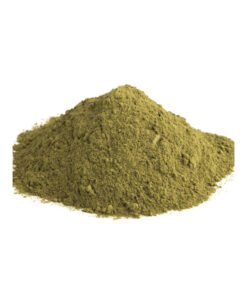

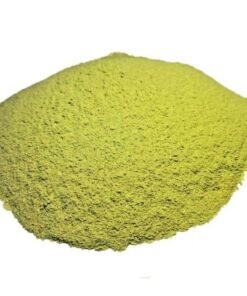
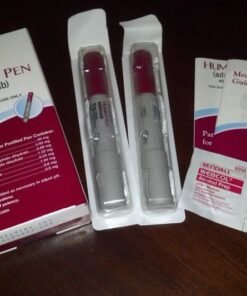
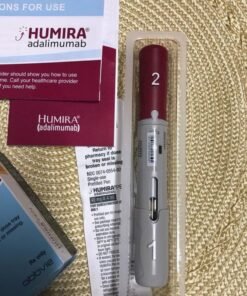
Reviews
There are no reviews yet.